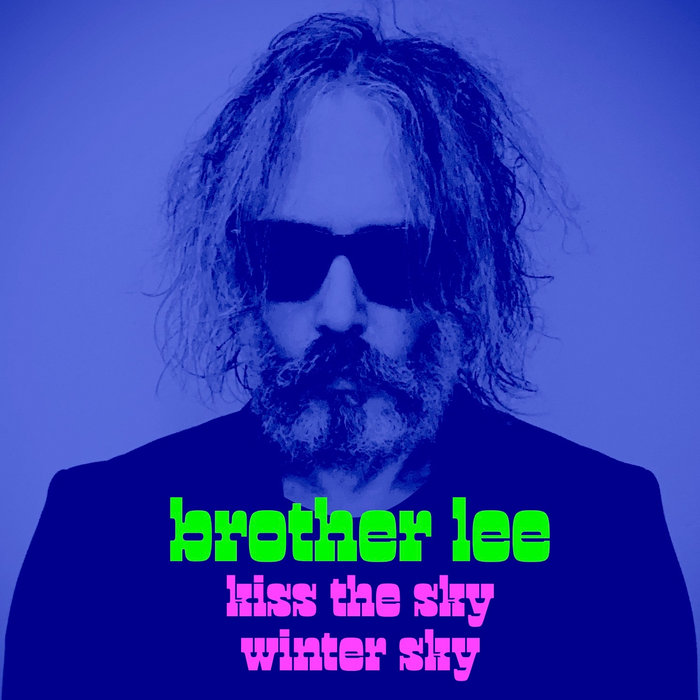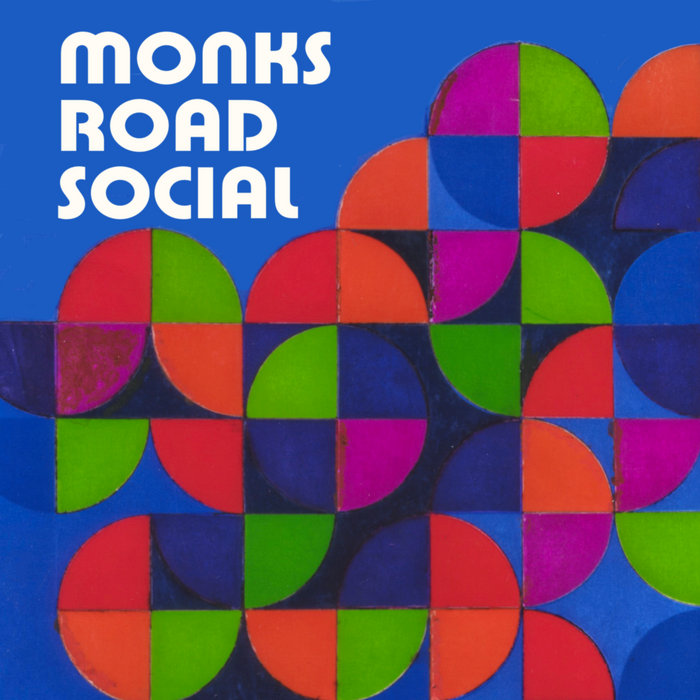
Kiss The Sky / Winter Sky – Brother Lee
this blog is GROOVY – check out great Soul, Funk, Jazz, Hip Hop, Bass, Breaks , Reggae, House n many more TUNES
Hey there, music lovers! Grab your popcorn and settle in because we’re about to take a funky journey through the colorful world of soundtracks. You know those catchy tunes that stick in your head long after the credits roll? That’s the magic of film scores and soundtracks, baby!
Let’s kick it back to the early 1900s when films didn’t have synchronized sound. Yeah, you heard me right—silent movies! Picture this: folks would flock to theaters, but instead of dialogue or fancy special effects, they had live musicians performing right there alongside the flickering images on screen. Talk about a multi-tasking gig!
These musicians had to be versatile since they’d jam along with whatever action was happening on screen. If someone took a tumble, they’d play a silly tune; if it was romance brewing, maybe some smooth jazz. Imagine trying to keep up with Charlie Chaplin’s antics—you’d need nerves of steel and some serious improvisation skills.
Fast forward to the 1930s and ’40s—the golden age of Hollywood! With movies like Gone with the Wind (1939) sweeping audiences off their feet, composers began crafting lush orchestral scores that became iconic elements of film itself. Cue Max Steiner’s dramatic score for King Kong (1933). Talk about setting the tone!
One funny little tidbit from this era? Composer Erich Wolfgang Korngold was so sought after that he ended up writing not one but several classic scores while simultaneously composing an opera! They say he could juggle notes as easily as juggling oranges.
Now let’s bring on some groovy vibes! Entering into the rebellious spirit of rock ‘n’ roll in the ’60s led filmmakers to start thinking outside the box for their soundtracks. Why get just any ol’ composer when you could feature popular bands? Yep—a whole new trend began.
Consider Easy Rider (1969), which showcased music by legendary acts like Steppenwolf and Bob Dylan. It wasn’t just background noise; these songs were part of what made that movie iconic—talk about synergy!
And here comes one more laugh-worthy moment from this era: While filming The Graduate, director Mike Nichols realized he needed something special for his scenes featuring Dustin Hoffman… so who did he turn to? Simon & Garfunkel! And how do you imagine they felt hearing “Mrs. Robinson” blaring out while filming?
Hold onto your leg warmers because we’re moving into synth-pop territory in the ’80s! This decade ushered in electronic sounds that shaped memorable movie themes forever—think sci-fi classics like Blade Runner (1982) featuring Vangelis’ haunting synth melodies.
In addition, John Carpenter rocked our socks off with his low-budget horror scores like Halloween (1978). Guess what? He composed it all on his own using just simple synthesizers at home—and pulled off something terrifyingly incredible without breaking a sweat or spending big bucks!
Oh—and let’s not forget our buddy Alan Silvestri who scored films like Back to the Future. Did you know he once forgot his own theme during an orchestra rehearsal? Oops!
Now here comes modern times where things get even wilder—hat tips all around for guys like Hans Zimmer bringing epic feels with masterpieces such as Inception (2010) or Gladiator(2000). Not only does Zimmer compose killer tracks; rumor has it he’s also cooking up crazy ideas involving everything from electric violins played underwater?! Someone needs him for my next party stat.
From hip hop beats rocking over superhero flicks (Black Panther anyone?) too video-game inspired melodies outperforming traditional genres (The Last Of Us) – today there are numerous styles woven together creating unprecedented listening experiences…and sometimes fans drop mad dance moves reacting directly at screenings based solely upon THAT BASS DROP.
Fun fact alert🔔 Did you know legendary rapper Ice-T contributed voice acting AND music scoring towards many prominent action games becoming real-life characters himself!? Whoa… talk about blending worlds seamlessly!
So there you have it—a funky ride through time exploring how soundtracks evolved from humble beginnings into integral parts shaping cinematic experiences across decades! Despite being behind-the-scenes heroes themselves often overlooked by mainstream media hype—they’ve crafted unforgettable moments worthy enough earning standing ovations every single night whilst rolling credits scroll away…
As audiences hum along grateful dancing down memory lane following onscreen antics—they remind us life is always better backed up by good tunes 🎶 So go ahead crank up your favorite soundtrack today…and remember…the groove never stops!

Kiss The Sky / Winter Sky – Brother Lee

Spirit Level (Feat Romy Deighton & Orphy Robinson) – WONDERFULSOUND